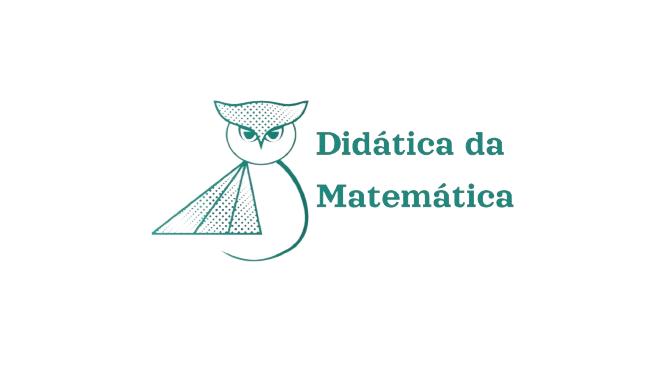A palavra currículo deriva do latim currere “correr” e passou a significar um “curso acadêmico” em uma faculdade, universidade ou escola. Na TAD, refere-se a uma noção geral não normativa. Dizemos que, como visto a partir da instância ŵ, uma posição institucional ps é um antecedente de uma posição p se ps é uma posição vista por ŵ como preparando pessoas x para ocupar a posição p, que pode ser denotado por ŵ ⊦ ps ⇝ p. A posição ps pode ser considerada, ou não, uma posição de estudante por alguma instituição “autorizada”, como uma universidade. Definimos um percurso curricular ŵ de p1 para p = pn como uma sequência (finita) de posições p1, p2,…, pn = p de modo que ŵ ⊦ pi ⇝ pi+1 para 1 ≤ i ≤ n – 1. Para o percurso (p1, p2,…, pn) corresponde o histórico curricular (π (p1), π (p2),…, π (pn)), onde π (pi) é o equipamento praxeológico de posição pi. Para fins de brevidade, deixamos implícito, para cada posição pi do percurso posicional (p1, p2, …, pn), a posição potencial p̄ i de “professor” (no sentido estendido da palavra) que pode existir de acordo com ŵ. Em seguida, definimos um currículo ŵ (π1, π2, …, πn), onde πi = π (pi), para 1 ≤ i ≤ n, como o histórico curricular associado ao percurso ŵ-posicional (p1, p2, …, pn). Observe que um currículo é uma existente realidade social (vista por uma instância ŵ) e não deve ser confundida com um projeto curricular. A consideração da noção de currículo revela muitas questões-chaves. Dado um percurso curricular ŵ (p1, p2, …, pn), que porcentagem de pessoas na posição p = pn chegou a esta posição seguindo o percurso (p1, p2, …, pn)? De forma mais geral, qual porcentagem daqueles na posição pi chegaram lá seguindo o percurso (p1, p2, …, pi)? Para 1 ≤ i ≤ n – 1, qual porcentagem de “alunos” na posição pi ganham acesso à posição pi+1? Como uma pessoa pode acessar a posição inicial p1? ŵ reconhece outros percursos curriculares (p′1, p′2,…, p′m), com p′m = p? Também existe toda uma série de perguntas sobre o que acontece em cada posição pi e em particular sobre o equipamento praxeológico π (pi) ou sobre as ligações entre π (pi) e π (pj) com j > i, incluindo os obstáculos praxeológicos ao estabelecimento de π (pj) que π (pi) pode gerar. Tudo isso pertence à questão crucial do desenvolvimento curricular.
Texto original
Curriculum. The word curriculum derives from Latin currere “to run” and has come to mean a “course of study” at a college, university, or school. In the ATD it refers to a general, nonnormative notion. We say that, as seen from the instance ŵ’s vantage point, an institutional position ps is an antecedent of a position p if ps is a position seen by ŵ as preparing persons x to occupy the position p, which can be denoted by ŵ ⊦ ps ⇝ p. The position ps may be regarded, or not, as a student position by some “authorised” institution such as a university. We define a ŵ-curricular path from p1 to p = pn to be a (finite) sequence of positions p1, p2, …, pn = p so that ŵ ⊦ pi ⇝ pi+1 for 1 ⩽ i ⩽ n – 1. To the path (p1, p2, …, pn) corresponds the curricular trail (π(p1), π(p2), …, π(pn)), where π(pi) is the praxeological equipment of position pi. For the sake of brevity, we leave implicit, for each position pi of the positional path (p1, p2, …, pn), the potential position p̄i of “teacher” (in an extended sense of the word) that may exist according to ŵ. We then define a ŵ–curriculum (π1, π2, …, πn), where πi = π(pi), for 1 ⩽ i ⩽ n, as the curricular trail associated with the ŵ-positional path (p1, p2, …, pn). Note that a curriculum is an existing social reality (as seen by an instance ŵ) and must not be mistaken for a curricular project. The consideration of the notion of curriculum reveals many key questions. Given a ŵ-curricular path (p1, p2, …, pn), what percentage of people in position p = pn have arrived at this position by following the path (p1, p2, …, pn)? More generally, what percentage of those in position pi have arrived there by following the path (p1, p2, …, pi)? For 1 ⩽ i ⩽ n – 1, what percentage of “students” in position pi gain access to the position pi + 1? How can a person accede to the initial position p1? Does ŵ acknowledge other curricular paths (p′1, p′2, …, p′m), with p′m = p? There also exist a whole array of questions about what goes on in each and every position pi and in particular about the praxeological equipement π(pi) or about the links between π(pi) and π(pj) with j > i, including the praxeological obstacles to the establishment of π(pj) that π(pi) may generate. All this pertains to the crucial question of curriculum development.
Referências
BOSCH, M.; CHEVALLARD, Y. A short (and somewhat subjective) glossary of the ATD. In: BOSCH, M.; CHEVALLARD, Y.; GARCÍA, F. J.; MONAGHAN, J. (Org.). Working whith the Anthropological Theory of the Didatic in Mathematics Eduction: a comprehensive casebook. London and New York. Routledge: Taylor & Francis Group, p. 19-38, 2020
